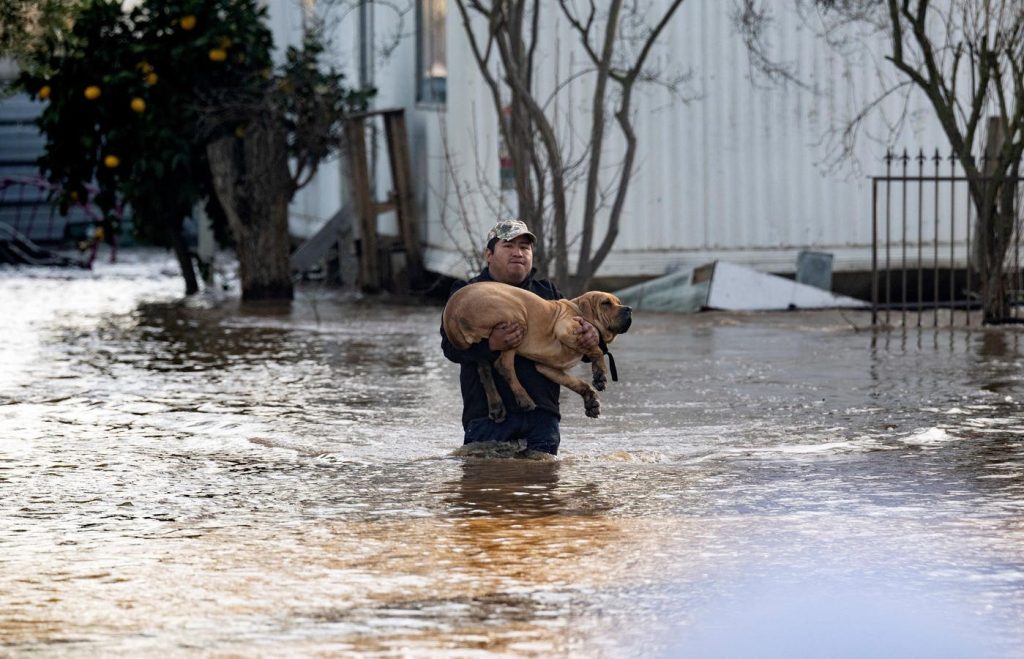Extreme weather conditions are wreaking havoc across the globe this year, with areas like San Diego, South Carolina, New York State, and Texas experiencing notable flooding. The Flood List website has also reported flood incidents in countries like Pakistan, Brazil, the UAE, and Kenya. Additionally, regions in Africa, Southern Europe, Latin America, and other areas are facing extreme heat and drought conditions, according to the National Oceanic and Atmospheric Administration (NOAA).
Experts are warning that the extreme weather is set to worsen in the coming year, with potentially devastating effects on crops, transportation, construction, and properties. Agriculture and weather expert Shawn Hackett attributes the intensifying weather phenomena to a Grand Solar Cycle minimum, which is characterized by a decrease in dark spots on the solar surface. This leads to an amplified Jet Stream weather system, resulting in unprecedented floods, droughts, and temperature fluctuations.
Moreover, an increase in water vapor in the atmosphere, largely due to the rare Tonga volcano eruption, is exacerbating the extreme weather events. These conditions, along with the Gleissberg cycle and lower sunspot activity, are expected to peak in the next two years, leading to even more severe weather patterns. The 1930s experienced some of the hottest daytime temperatures in U.S. history, and similar extreme weather events are anticipated in the near future.
The combination of these factors is likely to have a significant impact on crop yields globally, with Brazil already facing flooding in rice and soybean fields, France experiencing an unusually wet spring in the grain belt, and potential heatwaves and droughts in Western Russia and other parts of the Middle East. These trends are expected to continue over the next two years, resulting in potential crop failures, disruptions in food supply chains, and economic challenges for many countries.
In addition to the immediate economic and agricultural impacts, the extreme weather patterns pose a significant threat to human life and safety. With the risk of intense flooding, crippling droughts, and record-breaking temperatures looming, communities around the world must be prepared for the worst. Governments, businesses, and individuals will need to adapt and implement strategies to mitigate the effects of climate change and extreme weather events to protect lives and livelihoods.
As we approach the peak of these weather cycles over the next 24 months, it is essential for policymakers and stakeholders to prioritize climate resilience and sustainability. By investing in adaptation measures, promoting sustainable agricultural practices, and reducing greenhouse gas emissions, we can work towards building a more resilient and environmentally conscious future. The time to act is now to address the escalating challenges posed by extreme weather and climate change.


